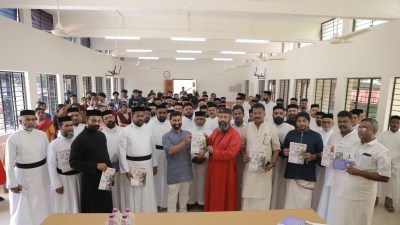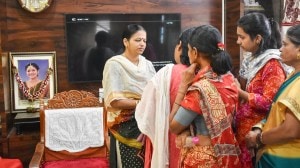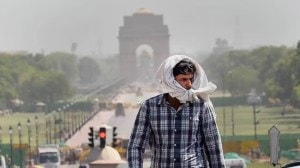- India
- International
Himalayan lake mystery unravelled: At least 3 gene groups, died 1,000 yrs apart
Ancient DNA obtained from the skeletons of Roopkund Lake – representing the first ancient DNA ever reported from India - reveals that they derive from at least three distinct genetic groups.
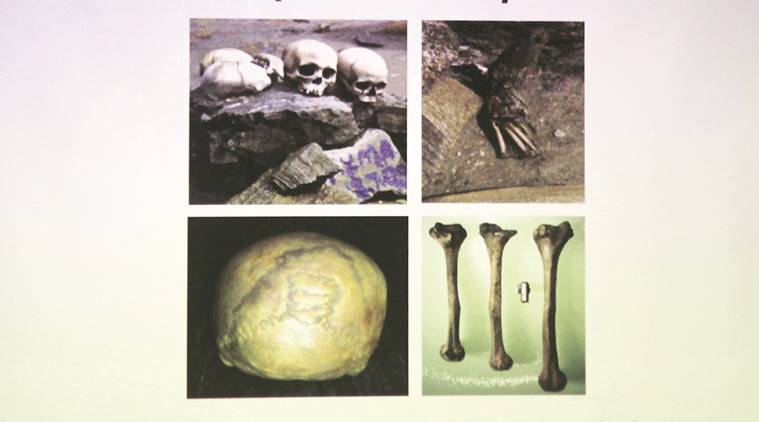 The skeletal remains found near the Roopkund Lake. Express
The skeletal remains found near the Roopkund Lake. Express
For decades, the discovery of skeletal remains around a lake in the Himalayas known as Roopkund and the identity of the dead has been a mystery, giving rise to several theories — ranging from a thunderbolt wrath of the mountain goddess Nanda Devi to rockfall and landslides. The puzzle has now been partially solved with a ten-year research by the Centre for Cellular and Molecular Biology (CCMB) in Hyderabad concluding that the skeletal remains belong to Indian, Mediterranean and Southeast Asian populations, and the incidents in which they died on the mountain slope near the lake were nearly a 1,000 years apart.
The remains represent the first ancient DNA samples to have been reported from India and are derived from at least three distinct genetic groups.
“The study found that the genetically distinct groups died in at least two episodes separated by 1,000 years. Roopkund Lake is situated at over 5,000 meters above sea-level in the Himalayan mountains… The presence of skeletal remains of several hundred ancient humans, scattered in and around the lake’s shores earned it the nickname Skeleton Lake or Mystery Lake. The identity of these skeletons has long been a subject of speculation. Local folklore describes a pilgrimage to the nearby shrine of the mountain goddess, Nanda Devi, undertaken by a king and queen and their many attendants, who were struck down by the wrath of Nanda Devi due to their inappropriate, celebratory behaviour. It has also been suggested that these are the remains of an army or group of merchants who were caught in a storm. Another view is that they were the victims of an epidemic. A large-scale study conducted by an international team of scientists has revealed that the mysterious skeletons of Roopkund Lake are genetically similar to Indian, Mediterranean and Southeast Asian populations… The study has been published online in the journal Nature Communications,’’ a CCMB
official said.
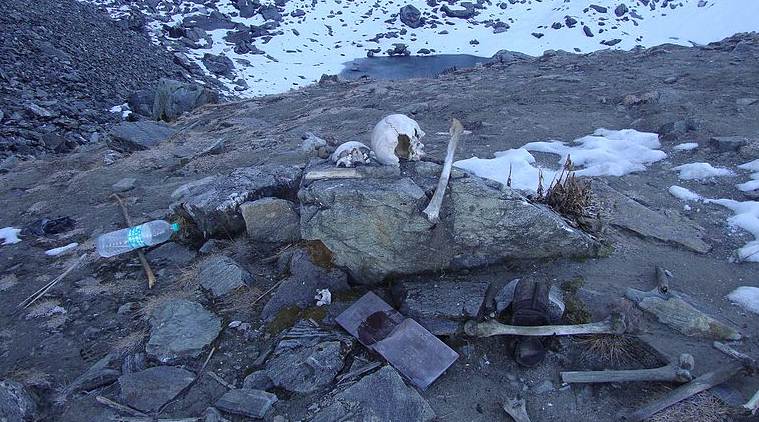 Skeletons near the Roopkund Lake. (Source: Wikimedia Commons)
Skeletons near the Roopkund Lake. (Source: Wikimedia Commons)
Dr Kumarasamy Thangaraj, co-senior author and chief scientist at the CSIR-CCMB in Hyderabad, initiated work on the issue more than a decade ago, in an Ancient DNA Clean Lab at the Hyderabad centre. Officials said that the first group of skeletons composed of 23 individuals with ancestries related to people from present-day India, who do not appear to belong to a single population but are instead derived from many different groups.
“The second large group is made up of 14 individuals with ancestry that is most closely related to people who live in the eastern Mediterranean, especially present-day Crete and Greece. A third individual has ancestry that is more typical of Southeast Asia,” officials said.

As per the report, the individuals with ancestry similar to Indians died at Roopkund during 7-10th century CE — possibly during distinct events. The other two groups, possibly composed of travellers from the eastern Mediterranean and Southeast Asia arrived at the lake between the 17th and 20th centuries.
The study has not revealed the cause of death. However, Dr Thangaraj said extreme natural disasters like avalanche, rockfall or icefall may have led to the deaths.
“We discovered that the history of Roopkund Lake is more complex than we ever anticipated, and raises the striking question of how migrants from the eastern Mediterranean died in this place a few hundred years ago,” said Prof David Reich of the Harvard Medical School, who was part of the investigation and co-senior author.
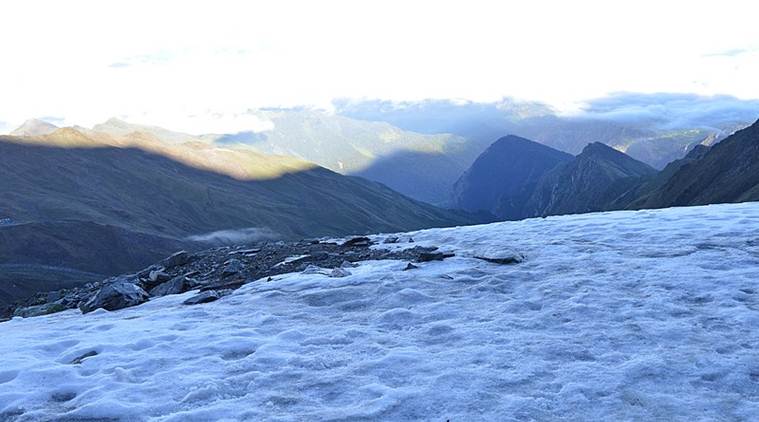 Roopkund Lake in the Himalayas. (Source: Wikimedia Commons)
Roopkund Lake in the Himalayas. (Source: Wikimedia Commons)
Dr Rakesh Mishra, Director, CCMB said, “This study highlights the power of genomics study, coupled with other biomolecular tools, in understanding our past and this would pave way for analysing large number of skeletal remains, obtained from different parts of the country.”
Dr Thangaraj said, “We first became aware of the presence of multiple distinct groups at Roopkund after sequencing the mitochondrial DNA of 72 skeletons. While many of the individuals possessed genetic information typical of present-day Indian populations, we also identified a large number of individuals with genetic makeup that would be more typical of populations from West Eurasia.”
According to CCMB officials, stable isotope reconstruction of the skeletons also supports the presence of multiple distinct groups among the skeletons, consistent with the genetic evidence.
Apr 26: Latest News
- 01
- 02
- 03
- 04
- 05











